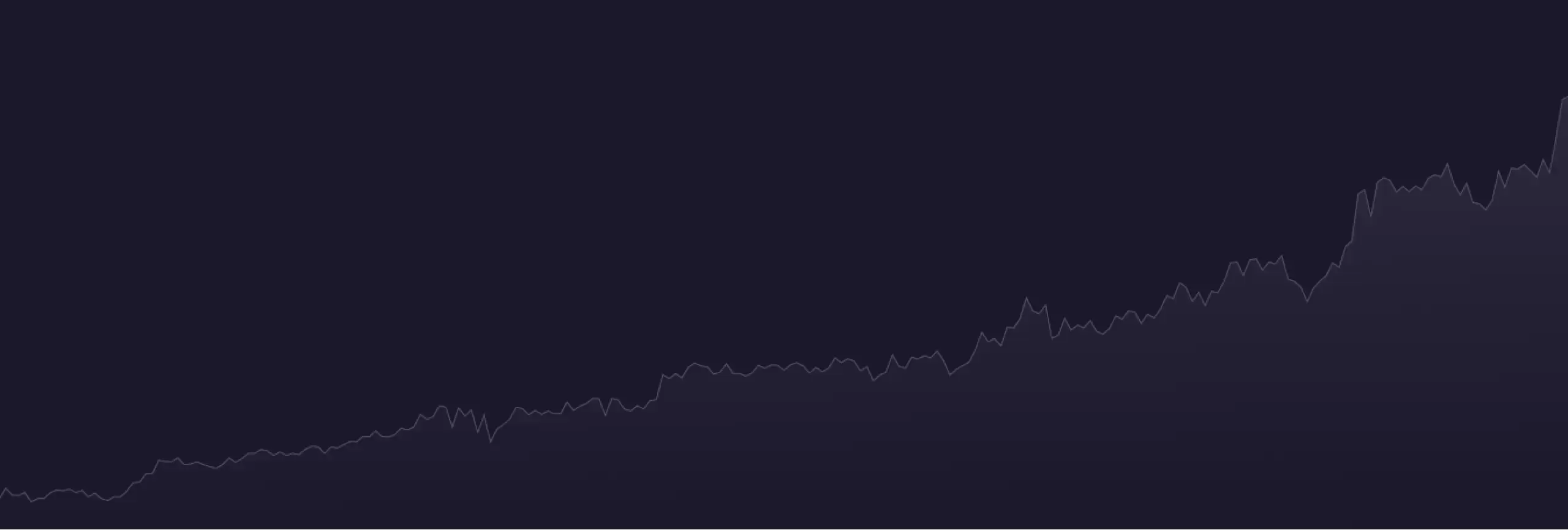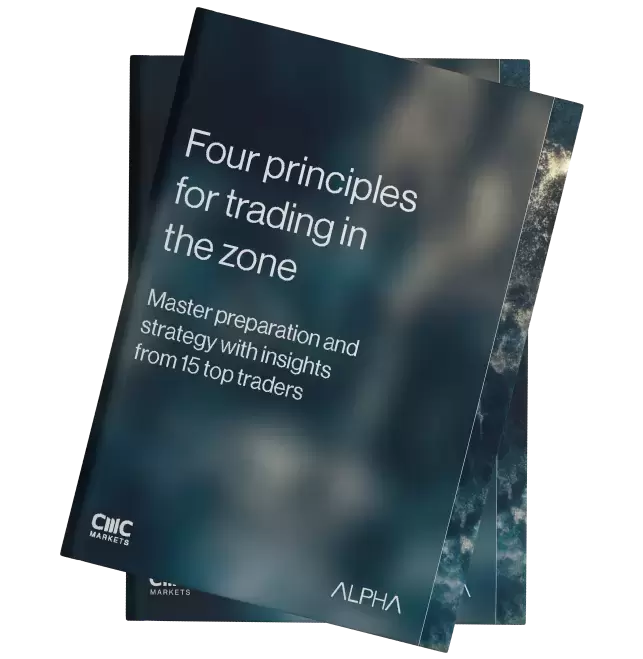
Up until this afternoon’s US CPI number it had all been going so well, with European markets initially picking up where they left off yesterday, trading at two-week highs, despite another sharp deterioration in the latest German and EU ZEW expectations survey for September, with both indicators falling further below their pandemic lows of March 2020.
Europe
The pessimism around German business is being driven by concerns over the possibility of energy shortages, which is driving a decline in orders production and exports.
This week’s initial US dollar weakness was being fed by a belief that perhaps the peak for inflation is now behind us. That may well be true, and today’s US CPI numbers do nothing to change that narrative, because we have still seen a modest fall to 8.3%, but the rise in core prices means inflation is likely to be a lot stickier than perhaps markets had been pricing, and helps explain this afternoon's sharp reversal, with the DAX and FTSE100 both falling back sharply.
This means that while the narrative of peak inflation may well be still valid, getting it down from these levels is likely to be a much tougher battle, requiring a continuation of more aggressive rate hikes in the months ahead, starting with 75bps next week.
Judging by today’s negative market reaction this narrative wasn’t the one that was being priced, with US 2-year yields spiking to their highest levels since 2007, the US dollar surging and equity markets giving up their gains and sliding sharply into negative territory.
It’s been another poor day for consumer discretionary, after the strong gains of the past few days, we’ve seen further weakness today after the latest Kantor grocery numbers showed food inflation rise by 12.4% in August, adding as much as £571 to the annual food bill.
With Ocado also warning that its Q4 numbers were likely to be hit by higher energy and dry ice costs, food retail shares have given back some of yesterday’s gains, sending Ocado shares down over 10% on the day, while Tesco, Sainsbury and Marks & Spencer have also slipped back.
UK drinks company Fevertree has seen its shares jump sharply higher after the company reported a 14% increase in H1 revenues to £160.9m, although gross margins fell to 37.4%, reducing gross profits by 4%. In July, the company warned that rising glass costs were likely to impact in its gross margins to the extent of 670bps. Despite this the shares have rallied strongly with the company maintaining its guidance for full year revenue of £355m to £365m and EBITDA of £37.5m to £45m.
US
US markets had been looking to open higher until the release of the latest CPI inflation numbers showed that while inflation slowed in August to 8.3% from 8.5%, we saw an unexpectedly bigger than expected rise in core CPI, from 5 9% to 6.3%, which saw any potential of a positive open wiped out at a stroke.
The big rise in core prices would appear to suggest that inflation is likely to be much stickier over the next few months that markets had originally been hoping, thus adding to the risk we could see the Federal Reserve, not only be much more aggressive on rate hikes, but keep those rates higher for longer.
It’s certainly not a number that Fed officials are going to be happy with and will merely serves to reinforce Powell’s message that the Fed will keep at it until there is clear evidence that inflation is on a sustainable downward path. This number doesn’t do that and helps to explain the outsized reaction today in stocks, yields and the US dollar.
The resulting spike in US 2-year yields has seen the Nasdaq 100 lead the way lower, led by the likes of Meta Platforms which is amongst the worst performers on both the Nasdaq 100 and S&P500.
Bitcoin exposed stocks are also getting crushed as the crypto currency slips back towards the $20k level, having hit a 3-week high earlier today. Coinbase is lower, as is Riot Blockchain and MicroStrategy.
FX
The pound got off to a decent start to the day moving well above the 1.1700 area after the latest wages numbers, saw average earnings including bonuses rise by 5.5% in July, while the unemployment rate fell to its lowest level since 1974 at 3.6%.
More disappointingly, the fall in unemployment also coincided with a rise in the number of people who are long term sick, which rose to 21.7% and a 6 year high. Vacancy rates nonetheless remained high, despite falling by a modest 34k to 1.3m. All so far so good, however the hotter than expected US CPI reading saw these sterling gains unravel quickly, as the US dollar rebounded in anticipation of an almost nailed on 75bps rate hike next week, and then it’s a question of what comes after that?
The euro also slid back sharply in the wake of this afternoon’s US inflation numbers as markets priced in the near certainty of 75bps next week, with the prospect of more aggressive mores thereafter.
Commodities
Crude oil prices fell back sharply from their intraday highs in the wake of today’s US CPI numbers as the rebound in the US dollar prompted a sharp retreat towards the lows of the day.
The surge in the US dollar and yields in the wake of today’s US CPI numbers has seen gold prices reverse course sharply, briefly dropping below $1,700, having hit their highest levels this month only yesterday.
Volatility
The Euro has seen elevated levels of price action against many currencies with further gains seen as the new week got underway. These however proved to be somewhat short lived, with comments from the ECB reiterating that it would undertake expansive fiscal policies in a bid to offset rising rates ultimately weighing. Against the greenback, daily vol advanced to 12.87% compared to 10.49% on the month, slightly more exaggerated levels were posted against the Canadian Dollar of 11% versus 8.36%, with the theme being repeated against both the Yen and Swiss Franc, too.
A big jump in soybean prices in the latter part of yesterday’s trade lifted action in the soft commodity. This came off the back of harvest estimates being cut by the US Department of Agriculture to a level materially below analyst forecasts. Daily volatility rose to 49.22% against 32.23% on the month.
Crypto volatility remains elevated right across the asset class, with Bitcoin extending its recent run of gains. Vol on BTC/USD advanced to 55.69% for the day against 44.78% on the month, whilst Avalanche against the US Dollar printed to 93.39% on the day and 76.52% for the month.
And finally, European Banks had another solid day on Monday, with CMC’s proprietary basket for the sector advancing beyond mid-August highs and eyeing a return to levels not seen since the start of the summer. Daily vol here came in at 38.16%, just ahead of the monthly print of 37.12%.
Disclaimer: CMC Markets is an execution-only service provider. The material (whether or not it states any opinions) is for general information purposes only, and does not take into account your personal circumstances or objectives. Nothing in this material is (or should be considered to be) financial, investment or other advice on which reliance should be placed. No opinion given in the material constitutes a recommendation by CMC Markets or the author that any particular investment, security, transaction or investment strategy is suitable for any specific person. The material has not been prepared in accordance with legal requirements designed to promote the independence of investment research. Although we are not specifically prevented from dealing before providing this material, we do not seek to take advantage of the material prior to its dissemination.























